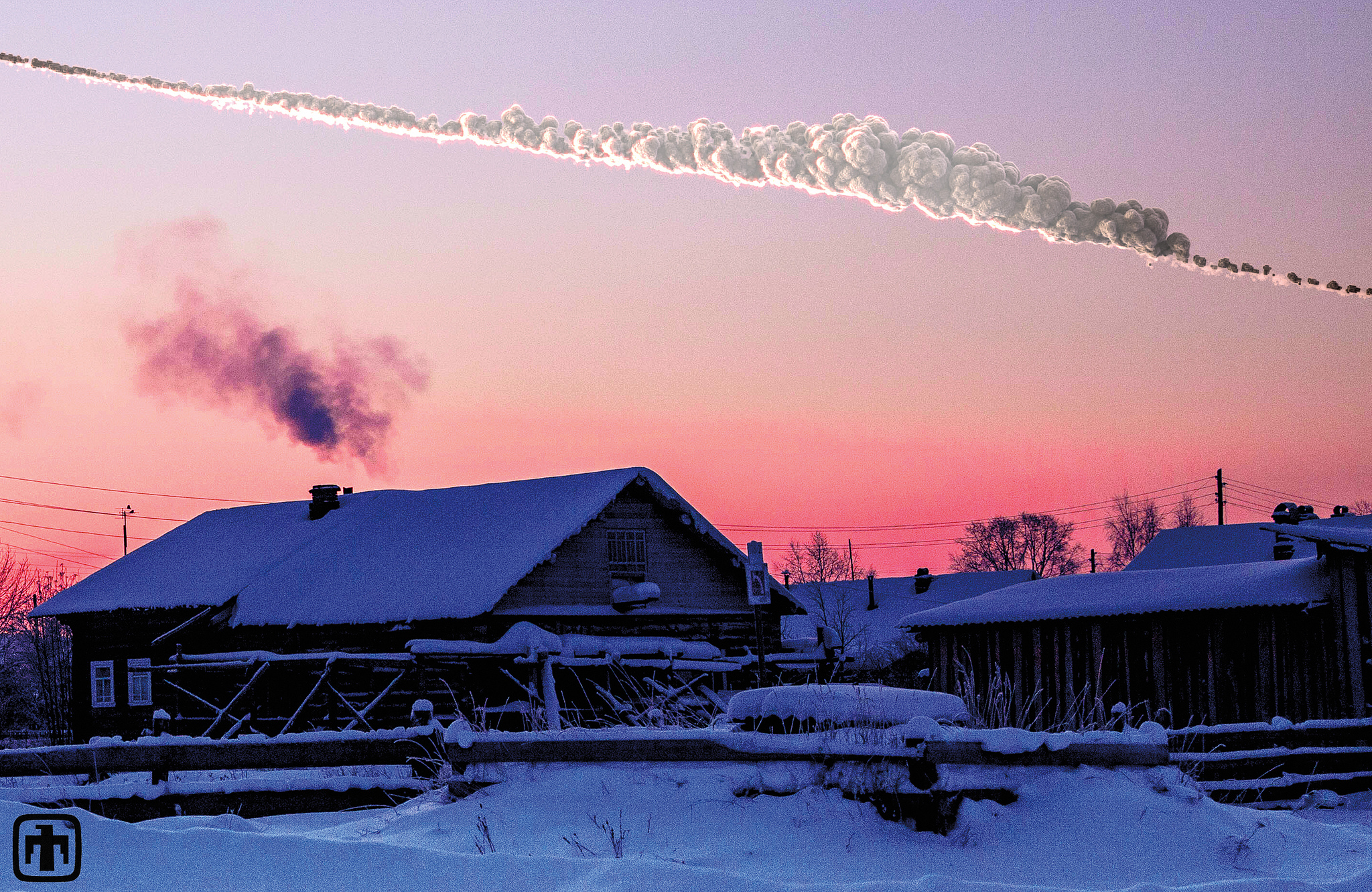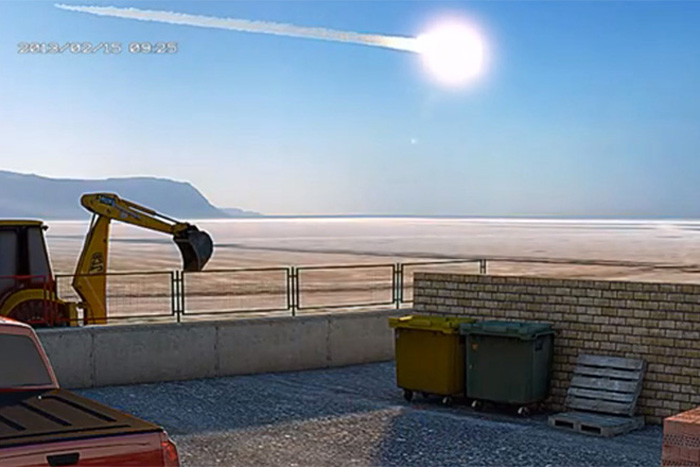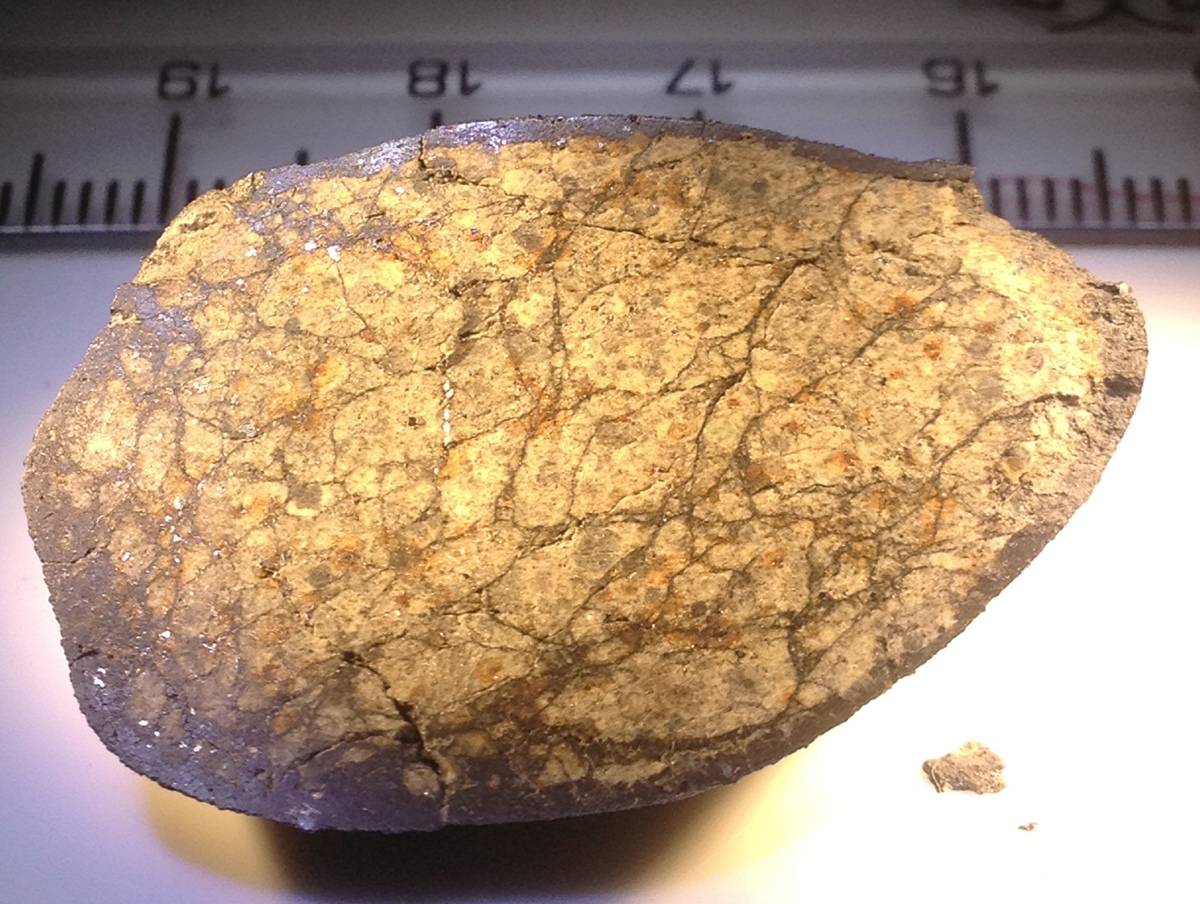Chelyabinsk Meteor: A Wake-Up Call for Earth
The Chelyabinsk meteor was a small asteroid — about the size of a six-story building — that broke up over the city of Chelyabinsk, Russia, on Feb. 15, 2013. The blast was stronger than a nuclear explosion, triggering detections from monitoring stations as far away as Antarctica. The shock wave it generated shattered glass and injured about 1,200 people. Some scientists think the meteor was so bright it may have briefly outshone the sun.
The incident was another reminder to space agencies about the importance of monitoring small bodies in space that could pose a threat to Earth. The same day Chelyabinsk happened, the U.S. House of Representatives' Science, Space, and Technology Committee said it would hold a hearing to discuss asteroid threats to Earth and how to mitigate them as an addition to NASA's current efforts.
Coincidentally, the explosion came on the same day that an asteroid was flying by Earth. Called 2012 DA14, it passed within 17,200 miles (27,000 kilometers) of Earth. NASA quickly pointed out that the asteroid was traveling in a direction that was opposite to that of the small body that exploded over Chelyabinsk. [In Photos: Meteor Streaks Over Russia, Explodes]
After Chelyabinsk, NASA established a Planetary Defense Coordination Office that takes data from the agency's Near-Earth Object observations program. The office's responsibilities include tracking and characterizing potentially hazardous objects, communicating information about them and also leading the coordination of a response by the U.S. government if there is a threat. (So far, no imminent threats have been detected.)
Bolides and fireballs are terms that are used to describe exceptionally bright meteors, such as the Chelyabinsk meteor, that are spectacular enough to be seen over a very wide area, according to NASA. They usually reach a visual or apparent magnitude of -3 or brighter. (The smaller the number, the brighter the object; the sun's apparent magnitude is -27.) The terms fireball and bolide are used interchangeably, although technically, bolide refers to a fireball that explodes in the atmosphere.
Piecing together its history
In the days after the explosion, meteorite hunters worldwide rushed to the remote area to try to find pieces of the space rock (which exploded high up in the atmosphere). Just three days after the explosion, on Feb. 18, 2013, the first reports came in that pieces had been found around Lake Chebarkul, 43 miles (70 km) north of Chelyabinsk. At that same location, scientists spotted a hole in the ice that they thought could be traced back to the meteorite's impact.
"This is the biggest event in our lifetime," rock dealer Michael Farmer of Tucson, Arizona, told OurAmazingPlanet, a sister site to Space.com. When he gave the interview, Farmer was preparing to leave for Russia to hunt for pieces of the Chelyabinsk meteor. "It's very exciting scientifically and for collecting, and luckily, it looks like there will be plenty of it."
Breaking space news, the latest updates on rocket launches, skywatching events and more!
Meanwhile, experts reviewed several fragments and amateur videos of the explosion. The Russians' propensity for using dashboard cameras meant there was a treasure trove of videos of the meteor, as many cameras filmed the explosion while drivers were on the road.
About two weeks after the explosion, scientists were starting to pin down the bolide's size, speed and origin. The infrasound (low-frequency) signature on the nuclear-detection network, which is operated by the Comprehensive Nuclear-Test-Ban Treaty Organization, was the largest ever detected.
"The asteroid was about 17 meters [56 feet] in diameter and weighed approximately 10,000 metric tons [11,000 tons]," Peter Brown, a physics professor at Western University in Ontario, Canada, said in a statement. "It struck Earth's atmosphere at 40,000 mph [64,370 km/h] and broke apart about 12 to 15 miles [19 to 24 km] above Earth's surface. The energy of the resulting explosion exceeded 470 kilotons of TNT."
The explosion was pegged as 30 to 40 times stronger than the atomic bomb the United States dropped on Hiroshima, Japan, during World War II. Chelyabinsk, however, did not produce as much of a blast as the Tunguska meteor, another object that exploded over Siberia in 1908. The Tunguska explosion flattened 825 square miles (2,137 square km) of forest. Although it was a smaller explosion, dust from the Chelyabinsk impact stayed in the atmosphere for months. [Infographic: Huge Russian Meteor Blast is Biggest Since 1908]
In October 2013, scientists raised a coffee-table-size piece of the bolide from the lake in which it crashed. Some of the pieces inside the meteorite were formed in the first 4 million years of solar system history, David Kring of the Lunar and Planetary Institute in Houston said in December 2013 at the annual meeting of the American Geophysical Union.
In the next 10 million years, large rock pieces (along with some dust) combined to create an asteroid about 60 miles (100 km) wide, Kring said. This parent body sustained a large impact with another space object about 125 million years after the solar system was formed, with more strikes coming during the "late heavy bombardment" period — a time of frequent small-body strikes that occurred between 3.8 billion and 4.3 billion years ago. Two other impacts have come in the last 500 million years. Closer to the Chelyabinsk event, the parent body experienced yet another impact and was also nudged out of the main asteroid belt into an orbit that crossed near Earth's.
Initially, the Chelyabinsk bolide was thought to be part of 1999 NC43, an asteroid that's 1.24 miles (2 km) wide, but the orbit and mineral composition between the two bodies turned out to be different. In April 2015, a study in the Monthly Notices of the Royal Astronomical Society suggested Chelyabinsk had been a part of asteroid 2014 UR116.
Asteroid fallout
In February 2014, one year after the impact, several scientists said that the danger of small asteroids was now foremost in many public officials' minds, especially because it was said to be the first asteroid-related disaster seen on Earth. Officials from the Federal Emergency Management Agency attended a planetary defense conference — a first for a meeting always dominated by scientists — and the Obama administration asked Congress for $40 million in asteroid-seeking funds for NASA, which was double what the agency had before. NASA also launched a "Grand Challenge" to get input from the public, industry and academia on asteroid-protection methods.
A few Chelyabinsk-size objects have flown harmlessly past Earth in the years since the explosion, such as 2016 QA2, which flew within 50,000 miles (80,000 km) of our planet on Aug. 28, 2016. For perspective, the moon orbits Earth at an average distance of 239,000 miles (384,600 km). The asteroid was only discovered shortly before its flyby.
NASA has been searching for potentially hazardous objects for decades; the threshold for detection, however, is pegged at a size that's much larger than the Chelyabinsk bolide. For example, in 2005, Congress asked NASA to find 90 percent of near-Earth objects that are more than 450 feet (140 m) in diameter. As of 2018, it's probable that about three-quarters of 25,000 potentially hazardous asteroids are still waiting to be found.
Asteroid detection will likely be much improved with the completion of the Large Synoptic Survey Telescope (LSST) in Chile, which will scan the sky for incoming threats. LSST is expected to start work in the 2020s and continue operation for at least a decade, according to the LSST website.
Several space agencies are also looking at asteroids and comets up close to better learn about how the sun's energy affects their pathways in space. One example is the OSIRIS-REx (Origins, Spectral Interpretation, Resource Identification, Security-Regolith Explorer) NASA mission, which reached asteroid Bennu in late 2018. Bennu is considered a potentially hazardous object, and with the spacecraft, astronomers are carefully cataloging its orbital path to better track its movements.
The spacecraft will also pick up a sample of Bennu to return to Earth, adding it to a small catalog of samples from other missions. Knowing an asteroid's composition can help scientists come up with potential deflection techniques, should it ever pose a threat. Simultaneously, Japan is also running an asteroid-sampling mission at asteroid Ryugu called Hayabusa2.
Further reading:
- An article from EarthScope.org on how Chelyabinsk meteor lit up the Transportable Array.
- Information and images of Chelyabinsk meteorite pieces from The Meteorological Society.
- Specific data on the Chelyabinsk meteorite from Mindat.org.

Elizabeth Howell (she/her), Ph.D., was a staff writer in the spaceflight channel between 2022 and 2024 specializing in Canadian space news. She was contributing writer for Space.com for 10 years from 2012 to 2024. Elizabeth's reporting includes multiple exclusives with the White House, leading world coverage about a lost-and-found space tomato on the International Space Station, witnessing five human spaceflight launches on two continents, flying parabolic, working inside a spacesuit, and participating in a simulated Mars mission. Her latest book, "Why Am I Taller?" (ECW Press, 2022) is co-written with astronaut Dave Williams.



